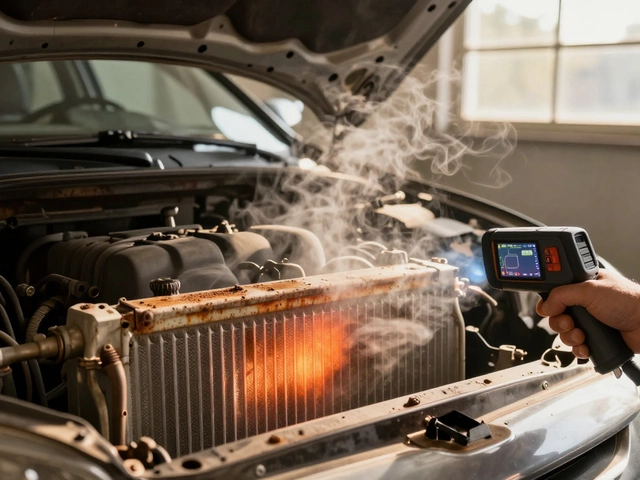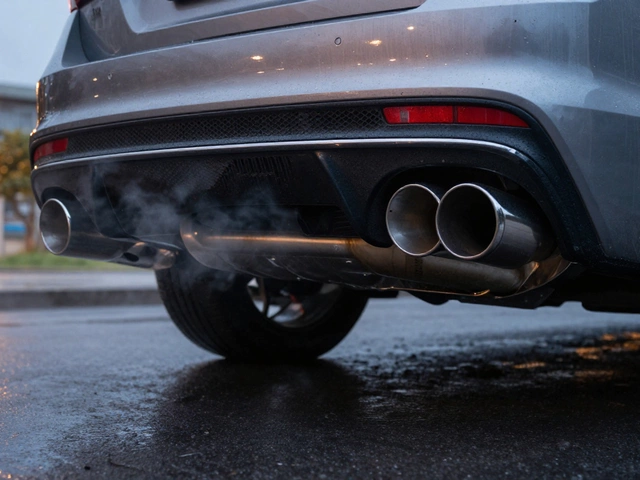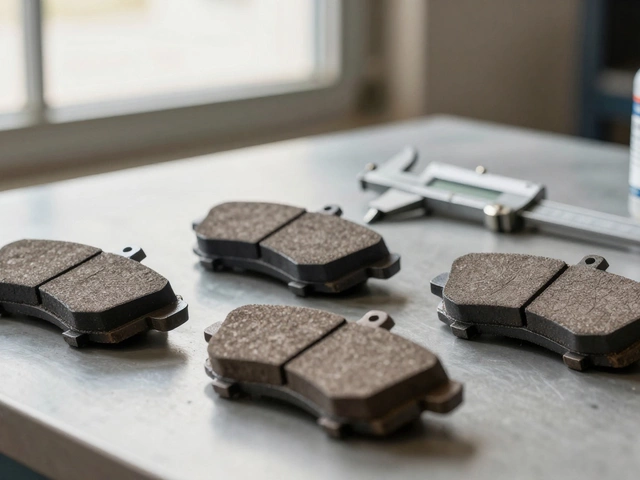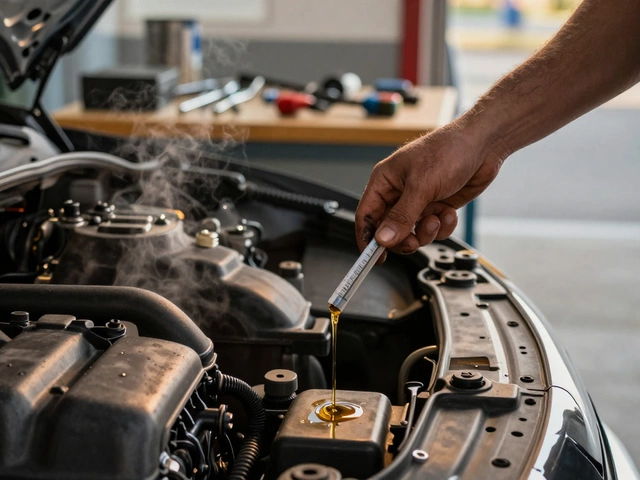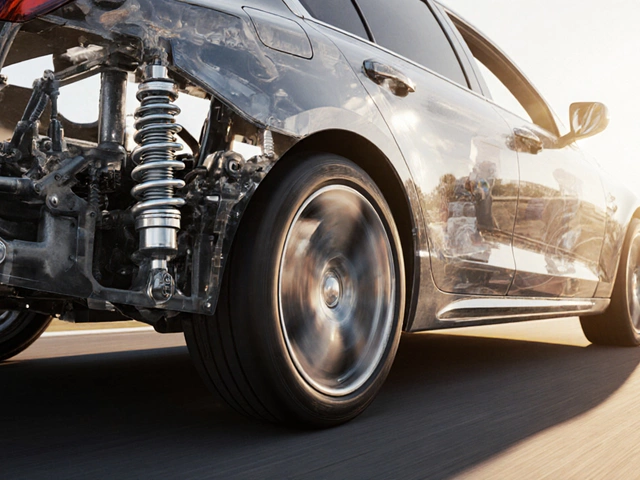Suspension Springs: How They Keep Your Ride Smooth
When working with suspension springs, metal coils that bear the vehicle's weight and absorb bumps. Also known as auto springs, they are the backbone of any car’s suspension system. Coil springs, a common form of suspension spring that compresses and expands to manage load work hand‑in‑hand with shock absorbers, dampers that control the speed of spring movement to smooth out road irregularities. Struts, units that bundle a coil spring and a shock absorber into one assembly further simplify installation on many modern cars. Together they form a system where suspension springs provide load support, shock absorbers limit motion, and struts integrate both functions for space‑saving designs.
Key Attributes That Define a Spring’s Performance
The most important attribute is the spring rate, which tells you how much force the spring needs to compress a certain distance. A higher spring rate means a stiffer ride, which improves handling but can feel harsher on rough streets. Material matters too; most springs are made from steel, but aftermarket options use stainless or even composite blends for corrosion resistance. Diameter and coil count also influence strength: larger diameter coils typically handle more load, while more coils give a smoother response. When you pair the right spring rate with the appropriate shock absorber damping, the car’s vehicle handling, how the car responds to steering, braking, and cornering improves dramatically.
Worn or sagging springs show up as a lowered ride height, uneven tire wear, or a “bouncy” feel after bumps. If the spring has visible cracks, rust, or a broken coil, it’s time for a replacement. Replacing only the springs without checking the shocks or struts can lead to mismatched behavior, so a full inspection is recommended. Many DIYers start with the front springs because they’re easier to access, but rear springs often bear more weight and may need upgrades first if you carry heavy loads.
Choosing the right spring isn’t just about stiffness; it’s about matching the spring to your driving style, vehicle weight, and the type of shock absorbers you plan to use. Our collection below walks you through the basics of spring selection, compares coil spring vs. leaf spring setups, explains how struts differ from separate spring‑damper combos, and shows you how to diagnose common wear signs. Whether you’re aiming for a comfort‑focused daily driver or a performance‑tuned cruiser, the tips ahead will help you decide which parts to upgrade and how to keep everything balanced.
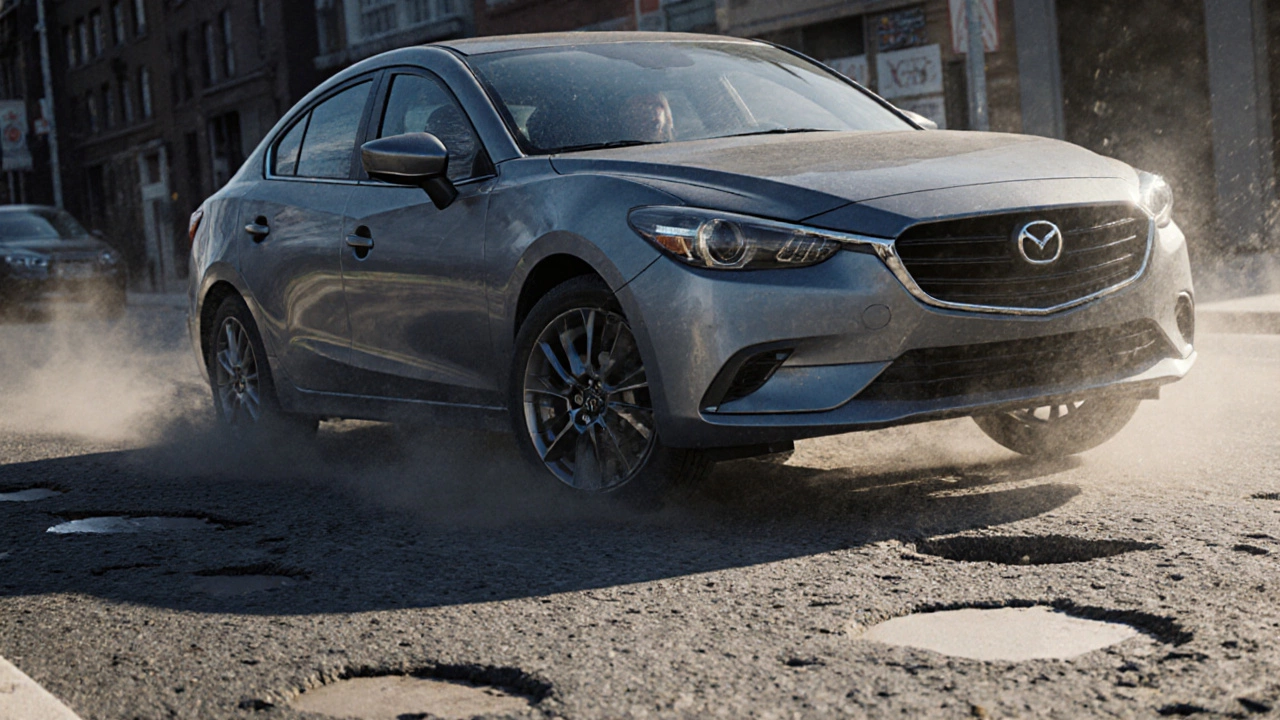
How to Soften Your Car Suspension: DIY Tips for a Comfortable Ride
Learn practical ways to soften your car's suspension for a smoother ride. Covers shocks, springs, air kits, bushings, anti‑roll bars, DIY steps, costs, and FAQs.
CONTINUE READING
